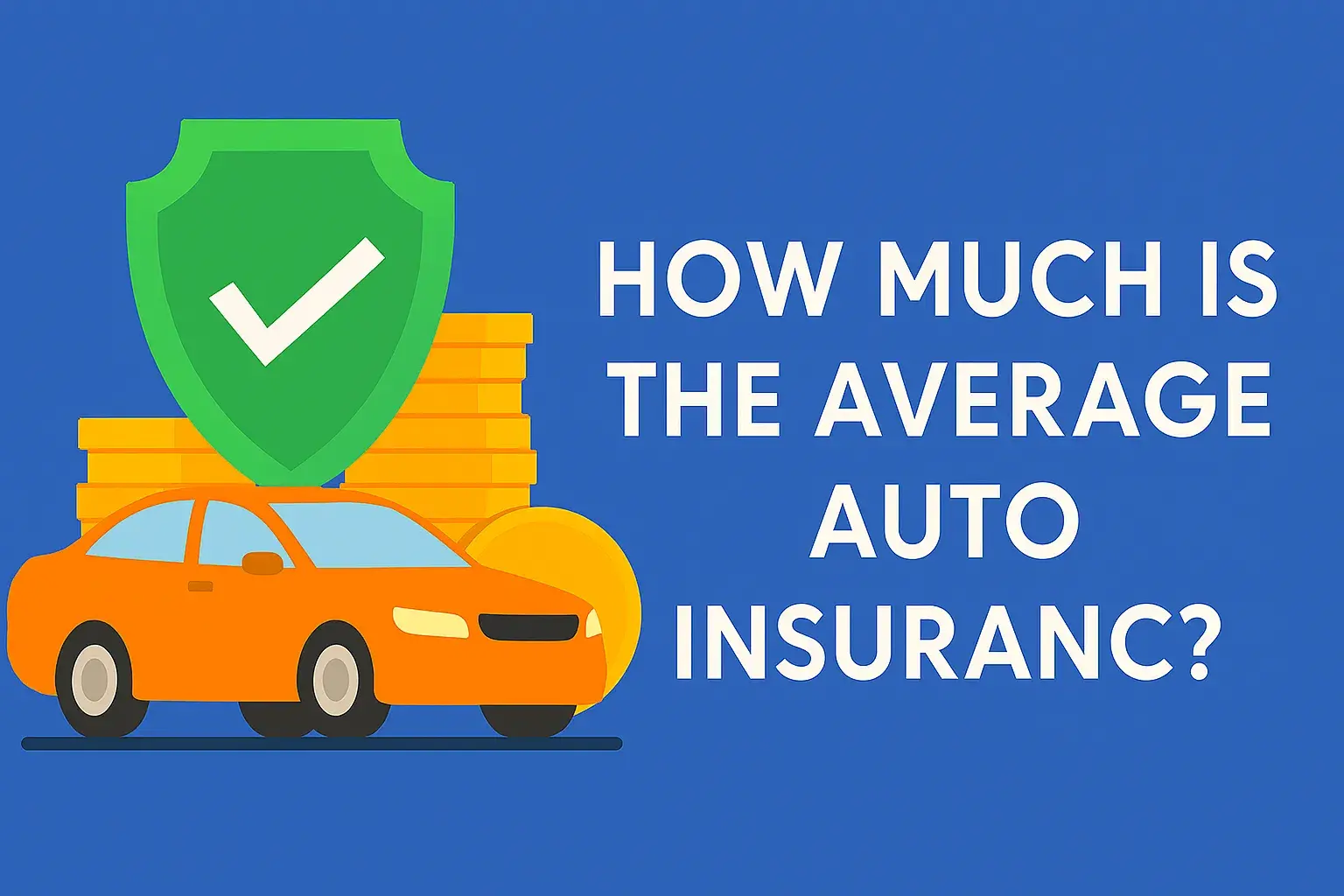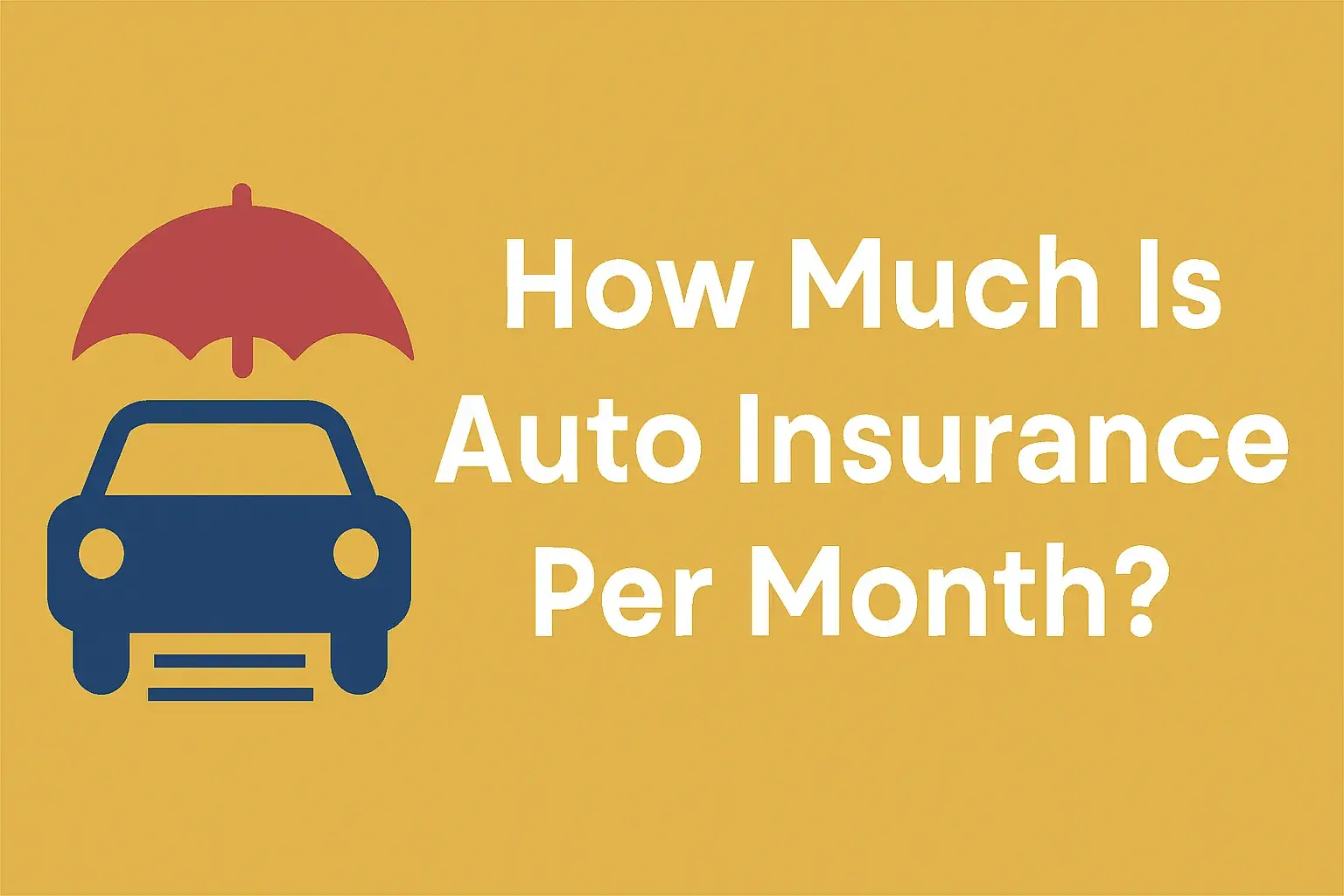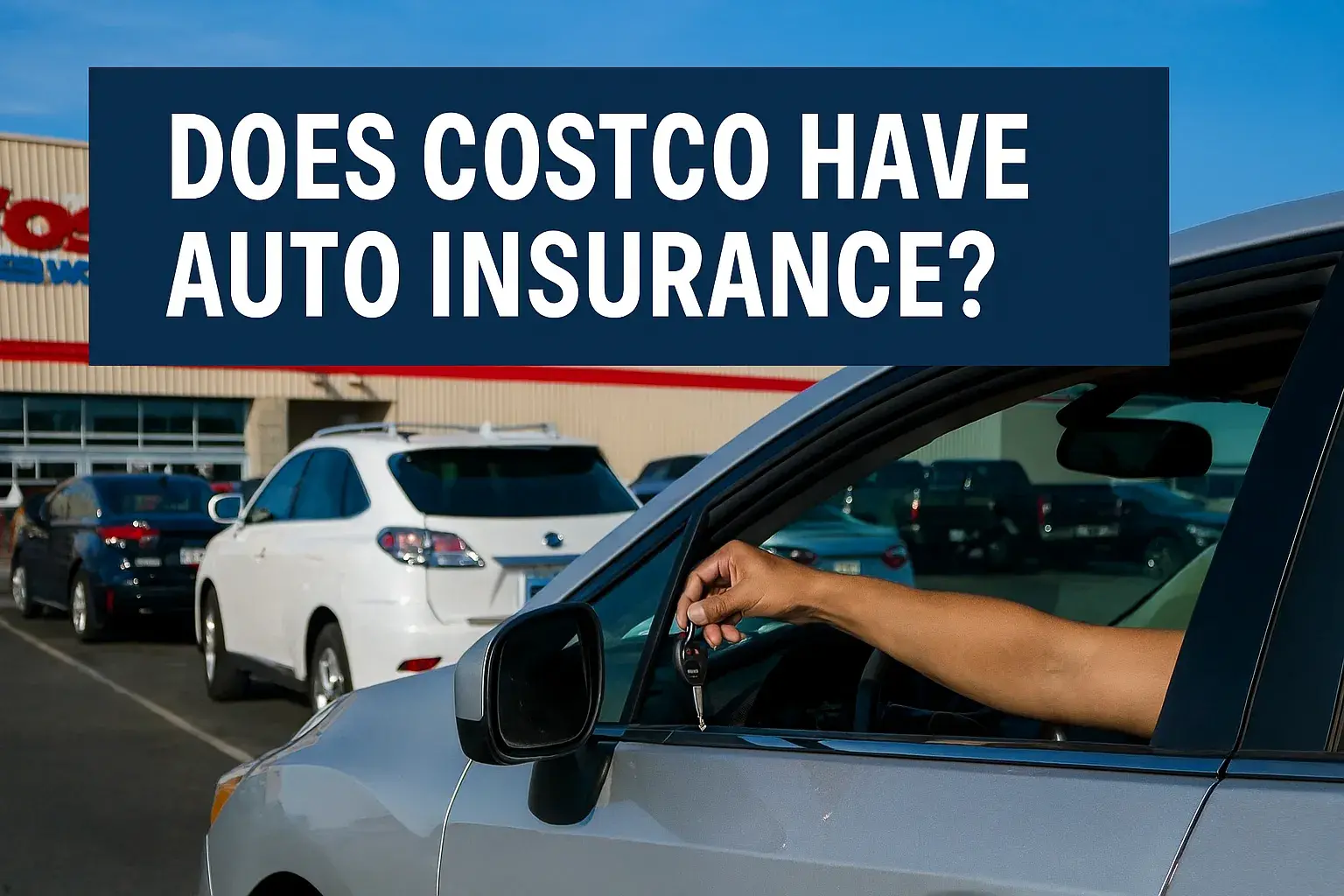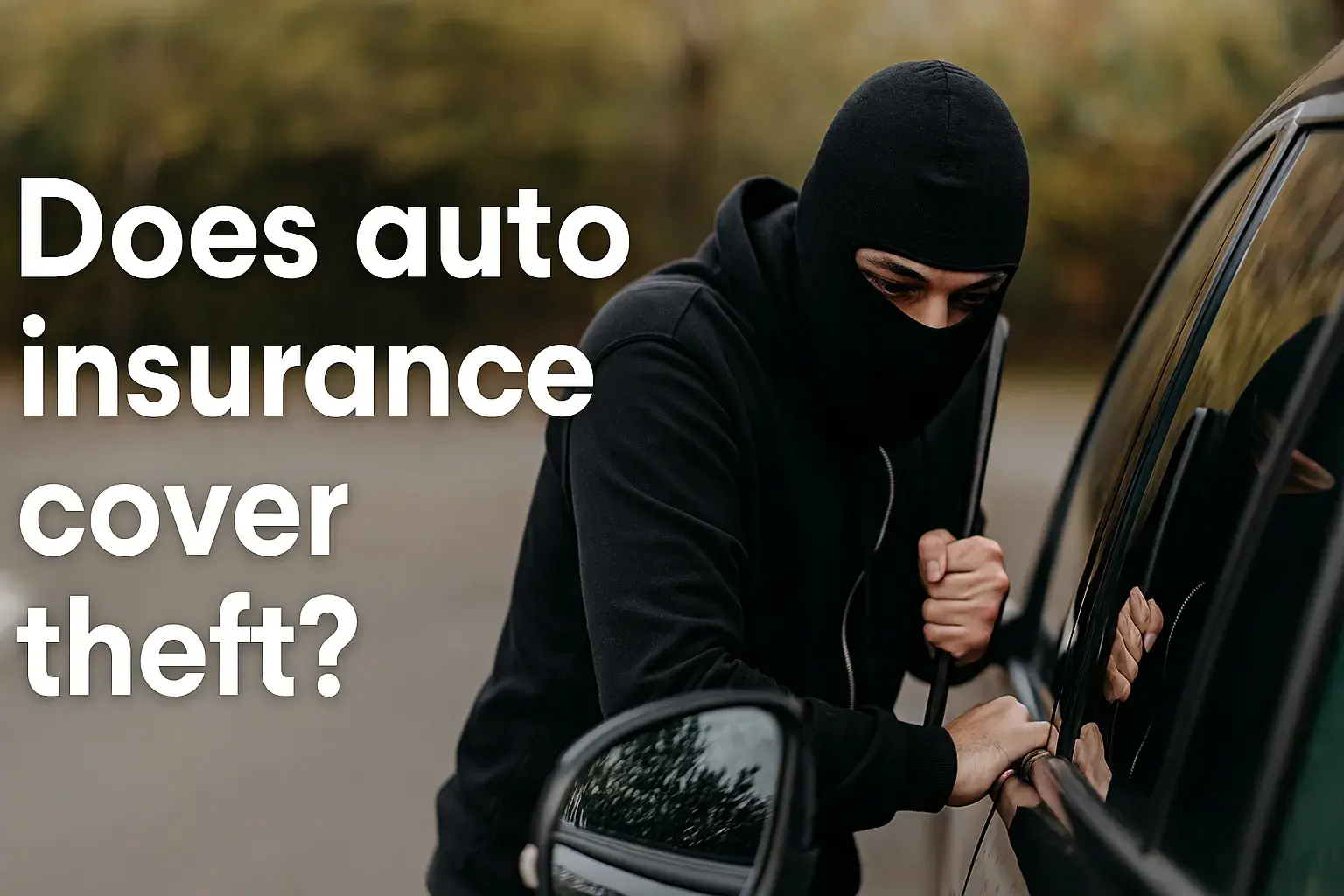19
Sep
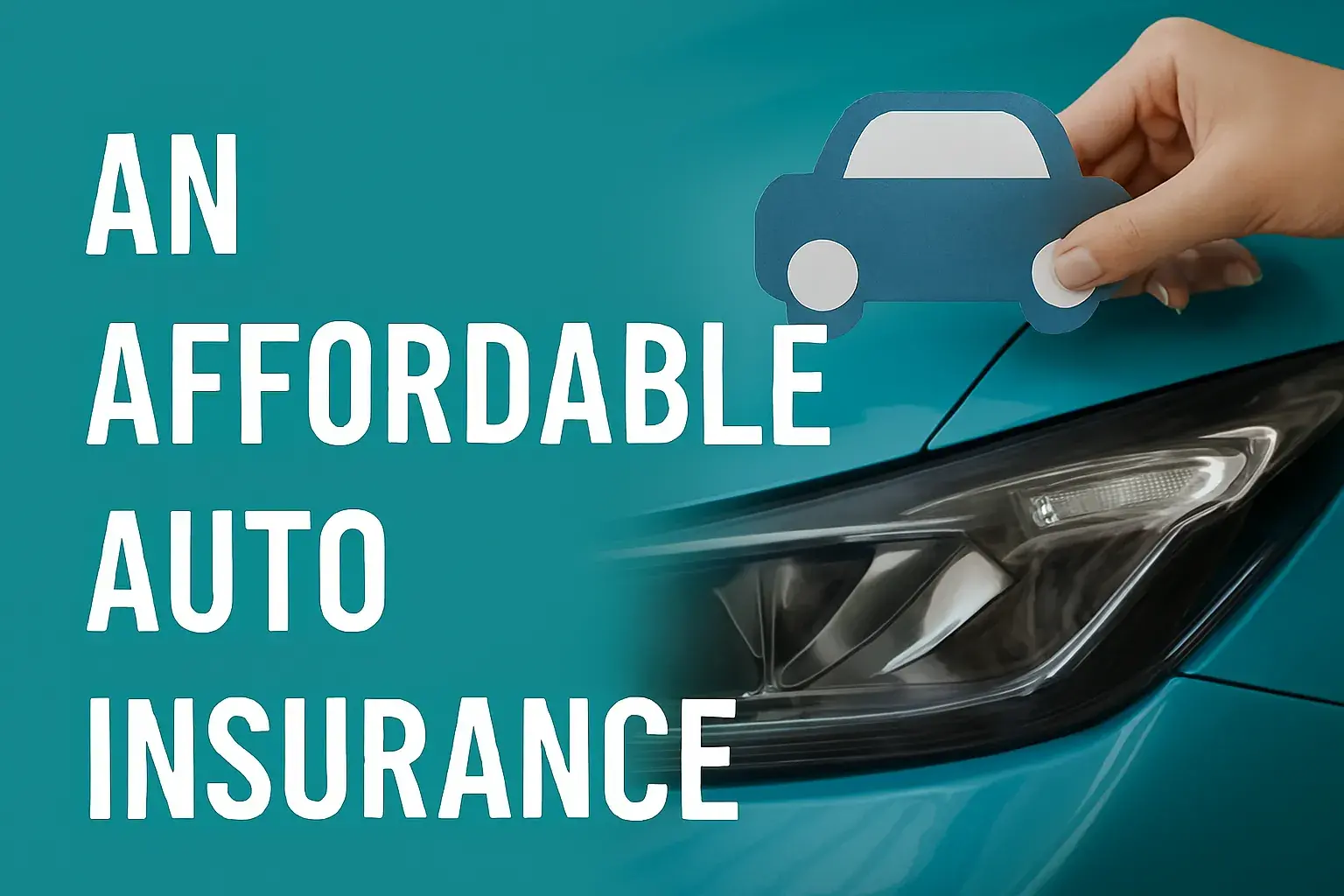
Finding truly affordable auto insurance can feel like searching for a mythical creature. You see ads promising impossibly low rates, but when you get a quote, the number is often an unpleasant surprise. You're left wondering: is cheap car insurance just a marketing gimmick, or can you actually get the protection you need without obliterating your monthly budget?
The answer is a resounding yes. Affordable auto insurance isn't about finding the absolute cheapest policy; it's about finding the best value, a policy that provides robust financial protection at a price you can comfortably afford. It’s the sweet spot where adequate coverage meets a reasonable premium.
In this definitive guide, we’ll demystify the process. We'll move beyond the hype and dive into the practical strategies, key factors, and top companies that can help you secure low-cost auto insurance coverage. You'll learn how insurers calculate your rate, discover actionable tips for lowering car insurance premiums, and understand how to compare auto insurance quotes like a pro. Let's shift your insurance from a financial burden to a manageable, smart investment in your peace of mind.
What Exactly Is "Affordable" Auto Insurance?
The term "affordable" is relative. A policy that costs $80 a month might be budget-friendly for one driver and exorbitant for another. Therefore, affordable auto insurance is best defined as a policy that:
-
Fits comfortably within your monthly or annual budget without causing financial strain.
-
Provides adequate liability limits to protect your assets (home, savings, future earnings) in case you cause a serious accident.
-
Meets your state's minimum legal requirements for driving.
-
Offers the right types of coverage for your specific vehicle and life circumstances, whether that's state-minimum affordable liability insurance or more comprehensive affordable full coverage auto insurance.
Ultimately, it's a balance between cost and protection. A policy isn't truly "affordable" if it leaves you dangerously underinsured.
Why Finding Affordable Car Insurance Matters More Than You Think
Securing a budget-friendly insurance option isn't just about saving money; it's a critical component of your financial and personal well-being.
-
It's The Law (Almost Everywhere): 49 out of 50 states require drivers to carry at least a minimum amount of liability insurance. Driving without it can result in severe penalties, including fines, license suspension, and even jail time.
-
Financial Security: Your car is likely one of your most valuable assets. If it's damaged or totaled, the repair or replacement cost could be devastating without insurance. More importantly, if you're at fault in an accident, you could be held personally liable for medical bills and property damage for others, which can easily soar into hundreds of thousands of dollars.
-
Peace of Mind: Knowing you and your assets are protected allows you to drive with confidence. You can handle a fender-bender or a major collision without the added stress of a financial catastrophe.
The Key Factors That Determine Your Auto Insurance Cost
Insurance companies use a complex algorithm to assess risk. The higher the risk they perceive you to be, the higher your premium. Understanding these factors is the first step to controlling them.
Driving Record: Your Financial Report Card
A clean driving record with no accidents, tickets, or DUIs is the single biggest contributor to a low premium. Incidents can stay on your record and impact your rate for 3-5 years, sometimes longer.
Your Age and Driving Experience
Statistically, young, inexperienced drivers (under 25) and very senior drivers (over 75) are involved in more accidents. Therefore, they typically pay higher rates. Experience breeds lower risk in the eyes of insurers.
Your Vehicle's Make, Model, and Year
The car you drive is a huge cost factor. Insurance for a high-performance sports car or a luxury vehicle will always cost more than for a safe, mid-size sedan or minivan. High theft rates and expensive repair costs also drive premiums up.
Your Credit History
In most states, insurers use credit-based insurance scores to predict the likelihood of you filing a claim. Maintaining a good credit score can significantly help you find affordable auto insurance.
Your Geographic Location
Rates vary wildly by ZIP code. Urban areas with higher traffic density, higher accident rates, and higher rates of vandalism and theft will have higher premiums than rural areas.
Your Annual Mileage and Driving Habits
The more you drive, the higher your chance of an accident. If you have a long commute, you'll pay more than someone who works from home. Some companies now offer usage-based insurance (UBI) that tracks your mileage and driving habits for a potential discount.
Your Coverage Selections and Deductibles
This is the factor you have the most control over. Choosing higher deductibles (the amount you pay out-of-pocket before insurance kicks in) will lower your premium. Likewise, opting for a bare-bones liability policy will be cheaper than a full coverage policy.
How to Find Affordable Auto Insurance: A Step-by-Step Strategy
1. Shop Around and Compare Quotes Religiously
This is the golden rule. Rates for the same driver and car can vary by hundreds of dollars between companies. You must compare auto insurance quotes from at least three to five different insurers every 1-2 years. Use online comparison tools, but also get quotes directly from company websites and independent agents.
2. Leverage Every Discount Available
Insurers offer dozens of car insurance discounts. It's your job to ask about them. Common ones include:
-
Multi-policy (bundling home and auto)
-
Multi-car
-
Paid-in-full
-
Paperless billing and autopay
-
Good student
-
Defensive driving course completion
-
Safety features (anti-lock brakes, anti-theft devices)
-
Low mileage
3. Consider Usage-Based or Pay-Per-Mile Insurance
Programs like Progressive's Snapshot, Allstate's Drivewise, or Nationwide's SmartMiles use a plug-in device or mobile app to monitor your driving. Safe drivers and low-mileage drivers can earn substantial discounts.
4. Raise Your Deductible
If you have a healthy emergency fund, opting for a higher deductible (e.g., moving from $500 to $1,000) is one of the fastest ways to lower your comprehensive and collision premiums.
5. Maintain a Clean Driving Record
Drive safely. It’s that simple. Avoiding accidents and traffic violations is the most effective long-term strategy for keeping your rates low.
6. Review Your Coverage Regularly
Life changes. When your car gets older and its value drops, you might consider dropping collision coverage if the cost of the coverage exceeds 10% of the car's value.
Best Companies Offering Affordable Auto Insurance
The "best" company is highly subjective and depends on your unique profile. However, these insurers are consistently ranked highly for offering competitive rates and valuable discounts.
| Company | Known For & Best For |
|---|---|
| Geico | Often among the cheapest for minimum coverage. Great for drivers with clean records, military members, and federal employees. Easy online process. |
| State Farm | Largest auto insurer in the U.S. Great bundling discounts and a massive network of local agents for personalized service. Competitive for young drivers and students. |
| Progressive | Competitive rates for high-risk drivers and those with less-than-perfect records. Strong name-your-price tool and usage-based discount program (Snapshot). |
| USAA | Exceptionally affordable for military members, veterans, and their families. Unbeatable customer service and rates, but membership is restricted. |
| Erie Insurance | Top-tier customer satisfaction and often very competitive rates. Available in Mid-Atlantic, Midwest, and Southeast states. Offers a "rate lock" feature. |
| Travelers | Strong multi-policy discounts and good options for a wide range of drivers. Often competitive in standard insurance markets. |
| Local & Regional Providers | Don't forget to get quotes from smaller, local companies. They sometimes offer the most budget-friendly insurance options in their specific regions. |
Affordable Auto Insurance for Different Driver Profiles
For Students and Young Drivers
-
Good Student Discounts: A's and B's can lead to significant savings.
-
Distant Student Discount: If a student goes to school more than 100 miles away without a car, they may qualify for a lower rate.
-
Driver's Education: Completing an accredited course can help.
-
Choose a Safe, Practical Car: Avoid sports cars.
For Seniors
-
Mature Driver Discounts: Many companies offer discounts for completing a defensive driving course designed for seniors.
-
Low-Mileage Discounts: Retirees often drive less, making them eligible for lower rates.
-
Re-evaluate Coverage: Ensure you're not over-insuring an older vehicle.
For High-Risk Drivers (DUIs, SR-22s, Multiple Tickets)
-
Shop Specialists: Companies like Progressive, The General, and SafeAuto specialize in non-standard insurance and may offer better rates.
-
Maintain a Clean Record: Time is your best friend. Incidents lose their impact on your premium after several years.
-
Consider an SR-22: This is a form filed by your insurer to prove you have coverage—it's not insurance itself. You must have it to reinstate your license.
Affordable Full Coverage vs. Liability Only – Which Is Right for You?
This is a critical decision that impacts both your premium and your level of protection.
-
Liability Insurance (State Minimum): Covers damage and injuries you cause to others. It does not cover your own vehicle. This is the cheapest option and the bare minimum required by law. It's a form of affordable liability insurance, but it offers no protection for your own assets.
-
Best for: Drivers with old, low-value cars that they can afford to replace out-of-pocket.
-
-
Full Coverage (Liability + Comprehensive & Collision): Covers damage to others and damage to your own vehicle from collisions, theft, vandalism, weather, and more. This is what lenders require if you lease or finance your car.
-
Best for: Drivers with a new, expensive, or financed vehicle. Affordable full coverage auto insurance is about finding this more robust protection at a good price.
-
Debunking 4 Common Myths About Cheap Auto Insurance
Myth 1: The color of my car affects my rate.
Fact: Insurers don't care if your car is red, blue, or polka-dotted. They care about its make, model, engine size, age, and value.
Myth 2: Older drivers always get the best rates.
Fact: While experience helps, rates can begin to increase again for drivers over 75 due to the higher risk associated with age.
Myth 3: Minimum liability coverage is always enough.
Fact: State minimums are often dangerously low. If you cause a serious accident, you could be personally sued for amounts exceeding your policy's limits. It's often wise to purchase higher liability limits.
Myth 4: Your insurance will cover everything if your car is stolen or totaled.
Fact: It will only pay up to your car's Actual Cash Value (ACV) at the time of the loss, minus your deductible. This amount is often less than what you owe on a loan or what you think the car is worth.
Advanced Tips to Lower Your Premiums Even Further
-
Pay Your Premium in Full: Paying annually or semi-annually often comes with a discount compared to monthly payments.
-
Improve Your Credit Score: Work on paying down debt and correcting errors on your credit report. This can have a major long-term impact on your rates.
-
Drive a Low-Risk Vehicle: Before you buy a car, check insurance rates for that model. Choose one known for safety and low repair costs.
-
Re-evaluate Your Policy at Every Renewal: Don't just automatically renew. Your life changes, and so should your policy.
How to Buy Affordable Auto Insurance Online: A Safe & Simple Process
-
Gather Your Info: Have your driver's license number, vehicle VIN, and current policy details handy.
-
Get Quotes: Use a comparison website for a broad view, then visit the websites of 2-3 top contenders for direct quotes.
-
Customize Your Coverage: Don't just accept the default quote. Adjust deductibles and coverage limits to see how it affects the price.
-
Look for Discounts: Before you buy, go through the list of available discounts and apply every one you qualify for.
-
Purchase the Policy: You can usually buy and print proof of insurance instantly online.
-
Cancel Your Old Policy: Once your new policy is active, call your old insurer to cancel it effective on the same date. Avoid any coverage gap.
Conclusion: Your Path to Affordable Protection Starts Now
Finding affordable auto insurance is not a matter of luck; it's a process of education and action. You now understand the factors that control your rate, the strategies to lower it, and the companies that might offer you the best deal. You know the difference between liability and full coverage and why simply choosing the cheapest option isn't always the smartest move.
The most important step you can take right now is to compare auto insurance quotes. The market is constantly changing, and a company that was expensive for you last year might be competitive today. Dedicate 30 minutes to shopping around—it’s the most effective way to ensure you’re not overpaying for the coverage you need.
Don't wait for your next renewal. Start your search for affordable, reliable auto insurance today and turn your premium from a burden into a bargain.
FAQ: Your Affordable Auto Insurance Questions Answered
Q1: What is the cheapest type of auto insurance?
The absolute cheapest type is your state's minimum liability insurance. However, it provides the least amount of protection and is often not recommended if you have assets to protect.
Q2: Can you get affordable auto insurance with bad credit?
Yes, but it is more challenging. You'll need to shop around more aggressively, as some companies weigh credit history more heavily than others. Improving your credit score over time is the best long-term solution.
Q3: Is liability insurance cheaper than full coverage?
Yes, always. Liability insurance only covers damage you do to others. Full coverage includes liability plus comprehensive and collision coverage for your own vehicle, which adds to the cost.
Q4: How do I qualify for auto insurance discounts?
You qualify by asking! Inquire with your insurer about all available discounts for things like bundling policies, having a safe driving record, being a student with good grades, installing safety features, or paying your premium in full.
Q5: What’s the average cost of affordable auto insurance in the U.S.?
The national average for full coverage is around $1,800 per year, and about $600 per year for minimum liability. However, this varies dramatically by state, driver, and vehicle.
Q6: Can students get cheap car insurance?
Students can get cheaper car insurance by leveraging good student discounts, taking driver's ed courses, being added to a parent's policy (which is usually cheaper than their own), and choosing a safe, low-risk vehicle.
Q7: Does bundling home and auto insurance really save money?
Yes, it's one of the most common and significant discounts, often saving policyholders 10% to 25% on their total premium.
Q8: How can seniors lower their car insurance rates?
Seniors can often qualify for mature driver discounts by completing a defensive driving course. They should also ask about low-mileage discounts and regularly review their coverage needs with their agent.
Q9: Are online quotes cheaper than going through an agent?
Not necessarily cheaper, but they are often more convenient and can be more transparent. Getting quotes both online and from an independent agent (who can quote from multiple companies) gives you the most complete picture.
Q10: Is affordable auto insurance reliable? Can I trust a cheaper policy?
Absolutely, as long as the insurer is licensed and reputable in your state. A lower price from a company like Geico, State Farm, or Progressive is just as reliable as a higher-priced policy. The key is to ensure the coverage limits and deductibles are what you agreed to. Always research the company's financial strength and customer service reviews.
Q11: How often should I shop for new car insurance quotes?
It's wise to shop around and compare rates every 12 to 24 months, or whenever you have a major life change (e.g., moving, buying a new car, adding a driver, getting married).
Q12: Will my insurance rate go up if I get a quote?
No. Simply getting a quote is a "soft inquiry" on your credit (if they use it) and does not affect your credit score or your current insurance rate in any way.
